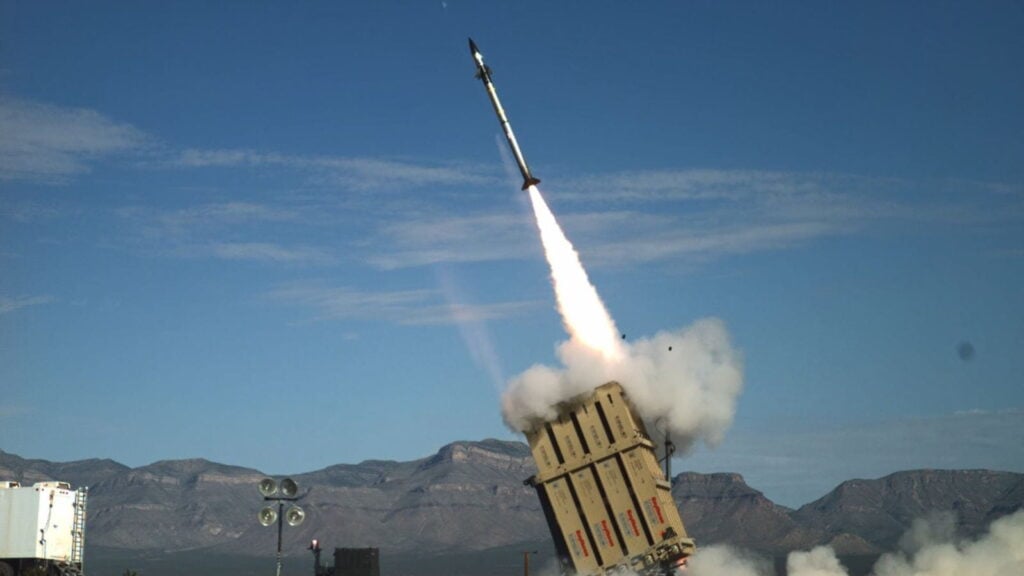The Canadian Patrol Submarine Programme (CPSP) is in its options analysis phase that includes engagement with potential builders to determine next steps.
www.shephardmedia.com
6 countries
Spain S80+
France Scorpene/Shortfin
Germany U212CD?
Sweden A26+
Japan Tagei
SK KSS-III
Interesting lineup of options being explored, although I think there is some definite better and worse options.
Spain's S-80+ is a design that I hope Canada would avoid at all costs. That design has been in development and construction hell for nearly a decade, faced numerous delays and even suffered from being nearly 100t overweight, requiring a US company to be brought in to redesign and fix the vessels. Spain has been slow to build these ships and their attempts to export them abroad previously have bore no fruit. Canada cannot afford to hitch ourselves to a lemon.
France's Scorpene seems too small for Canadian requirements considering that the Spanish ditched it and went for a larger design for their own requirements. It is also dated at its core, the design originates from the late 1990's even if it does see upgrades and improvements. Canada should be shooting for something more capable, larger and modern.
France's Shortfin Barracuda seems like a great design on paper however, it is unclear if the design offered is effectively the Australian Attack class variant or some other new variant. This would be the largest design on offer with great range, endurance and weapon load although I am unsure if it ever incorporated effective AIP into the design. This design has serious potential to be delayed and have issues with construction considering it is unproven and originally converted from a nuclear design. Very risky but potentially a big payoff in the end if things go smoothly. The French are pretty experienced submarine builders and exporters as well, so they are a fairly good choice for partners especially if we build them overseas in France.
Germany's Type 212CD seems like another great offering, being very modern and advanced with novel new features to deal with active sonar. Germany is one of the nations seemingly on the cutting edge regarding submarine design, development and technology with a fairly robust portfolio of experience exporting boats abroad. Type 212CD might be a bit small for Canada, which might mean the larger Type 216 design would be more suitable. That design lacks the dramatic new outer hull and only exists on paper however, it is very large at 4,000t and 90m in length. Germany potentially has VLS capability to offer as well.
Sweden's A26 looks similarly advanced to the German offerings however like the Spanish, this program languished for a variety of reasons. Saab has had a lapse in building and exporting submarines abroad, so it is a definite risk going with a nation who just managed to lay down their first of the class in 2022 when it was originally planned for 2012. They also offer a variety of different sizes and configurations, with some models including VLS capability and tonnages in excess of 3,000-4,000 tons. Potentially a great and modern submarine but a questionable partner in my opinion.
Japan's Taigei is a fairly large, modern and capable design, being fairly unique in replacing its AIP with lithium ion batteries. I have heard rumors that the Canadian CPSP staff were specifically interested in Japanese submarines for one reason or another, this might very well be the reason albeit take that with a grain of salt. These boats are very capable and top of their class but being built by Japan is concerning. Japan has been trying to break into the export market for military hardware but has not had much luck as of yet. Partnering with a nation with such a lack of export experience in any program is risky, doubly so for submarines considering their inherent complexity and triple so considering this is a Canadian submarine program. The fact that they are considering Japan shows to me that they might be willing to take that risk however, I am unsure if it is wise to do so. I am also unsure if Japan has the capability to accommodate our submarine order alongside their own domestic orders.
South Korea's KSS-III is quite large, modern and similarly capable to the Taigei class but has some aces up its sleeve. South Korea is also offering lithium ion battery technology in these boats alongside AIP and VLS. This design is rather new and somewhat untested but seems promising and is not overly risky as a design itself. South Korea is a shipbuilding powerhouse and can likely build these submarines fairly quickly and efficiently compared to some of the more shipyard constrained European options, they are also a new entry into the military export sales market and rapidly gaining experience. They seem more than willing to cut deals and accommodate customers, they very well might be a nation we should look to partner with.
There is a lot of good options, mostly good options but I think the South Koreans, Japanese and Germans are going to be the three most likely to win the eventual contract. Spain and Sweden both are likely to suffer from issues actually building the submarines Canada needs in a reasonable and efficient timeframe while France's design is risky and they also might have some issues with timelines and full shipyards. Germany is the safe bet here while Japan and South Korea are wildcards with potentially a lot of upsides associated with them.
How risk adverse Canada is and and what capabilities we ultimately wants is going to heavily shape who wins this competition, hopefully requirements will be upcoming in the new defense review.











